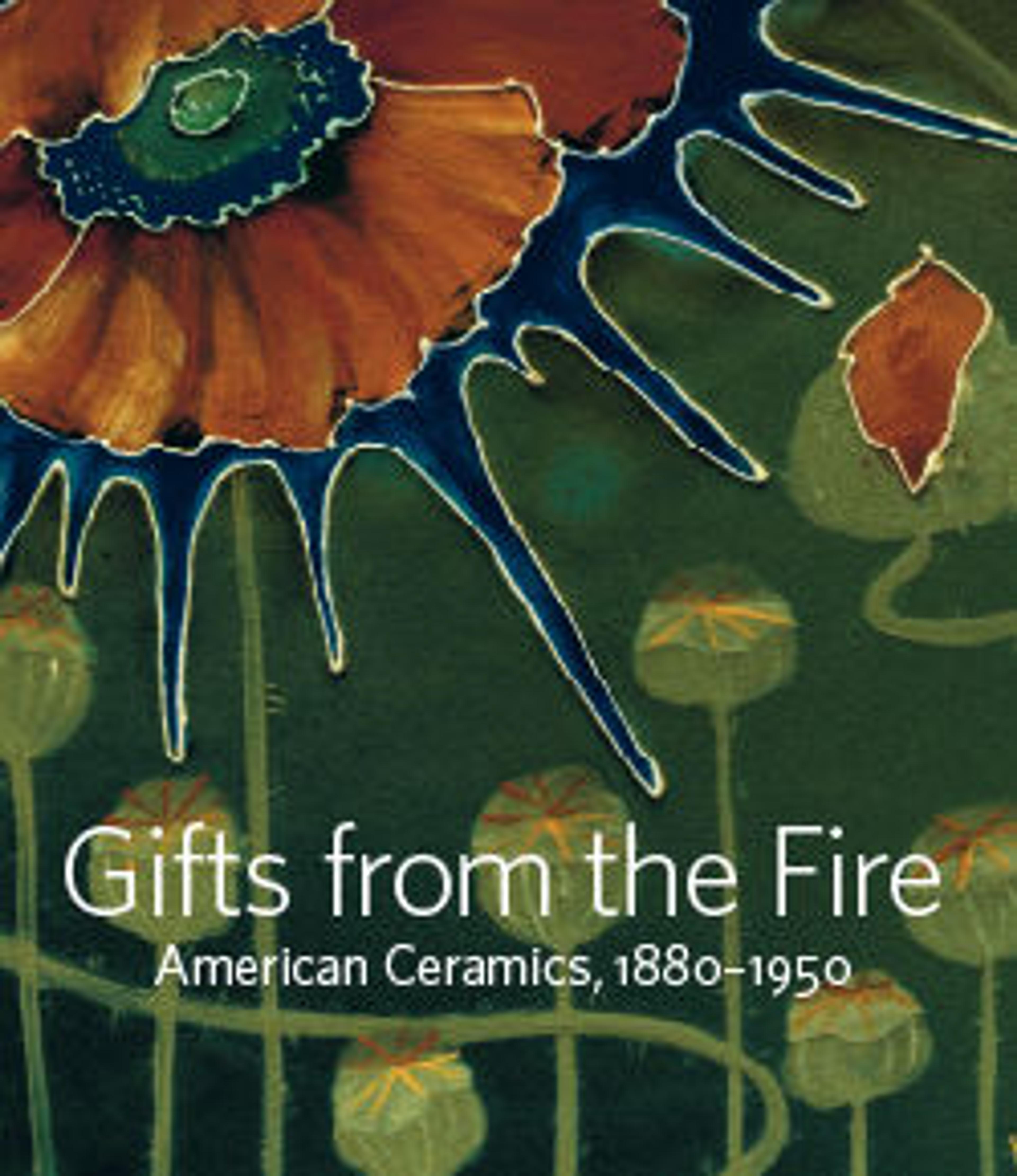Armchair
Gustav Stickley became an avid promoter of the Arts and Crafts Movement in America after his 1898 trip to England and his acquaintance of William Morris. He subsequently introduced a line called New Furniture, which featured the ponderous forms, visible construction, and stained oak of Craftsman furniture. This chair was part of a second generation of furniture made by Stickley beginning in 1903, characterized by solid forms relieved by areas of metal and exotic wood inlay. While this furniture has traditionally been attributed to Harvey Ellis, an architect who began working in Stickley’s shop in 1903, recent research has shown that Ellis was not solely responsible for this development, and that it might have been a collaborative effort among all of the designers at United Crafts. The delicate copper and pewter inlay pattern relates to the furniture of contemporary British designers M.H. Baillie Scott and Charles Rennie Mackintosh.
Artwork Details
- Title: Armchair
- Maker: Gustav Stickley (American, Osceola, Wisconsin 1858–1942 Syracuse, New York)
- Date: ca. 1903
- Geography: Made in Eastwood, New York, United States
- Culture: American
- Medium: Oak, pewter, copper and wood inlays. Leather seat.
- Dimensions: 47 1/4 x 23 x 22 in. (120 x 58.4 x 55.9 cm)
- Credit Line: Gift of Leeds Art Foundation, in honor of Morrison H. Heckscher, 2014
- Object Number: 2014.633
- Curatorial Department: The American Wing
More Artwork
Research Resources
The Met provides unparalleled resources for research and welcomes an international community of students and scholars. The Met's Open Access API is where creators and researchers can connect to the The Met collection. Open Access data and public domain images are available for unrestricted commercial and noncommercial use without permission or fee.
To request images under copyright and other restrictions, please use this Image Request form.
Feedback
We continue to research and examine historical and cultural context for objects in The Met collection. If you have comments or questions about this object record, please contact us using the form below. The Museum looks forward to receiving your comments.
